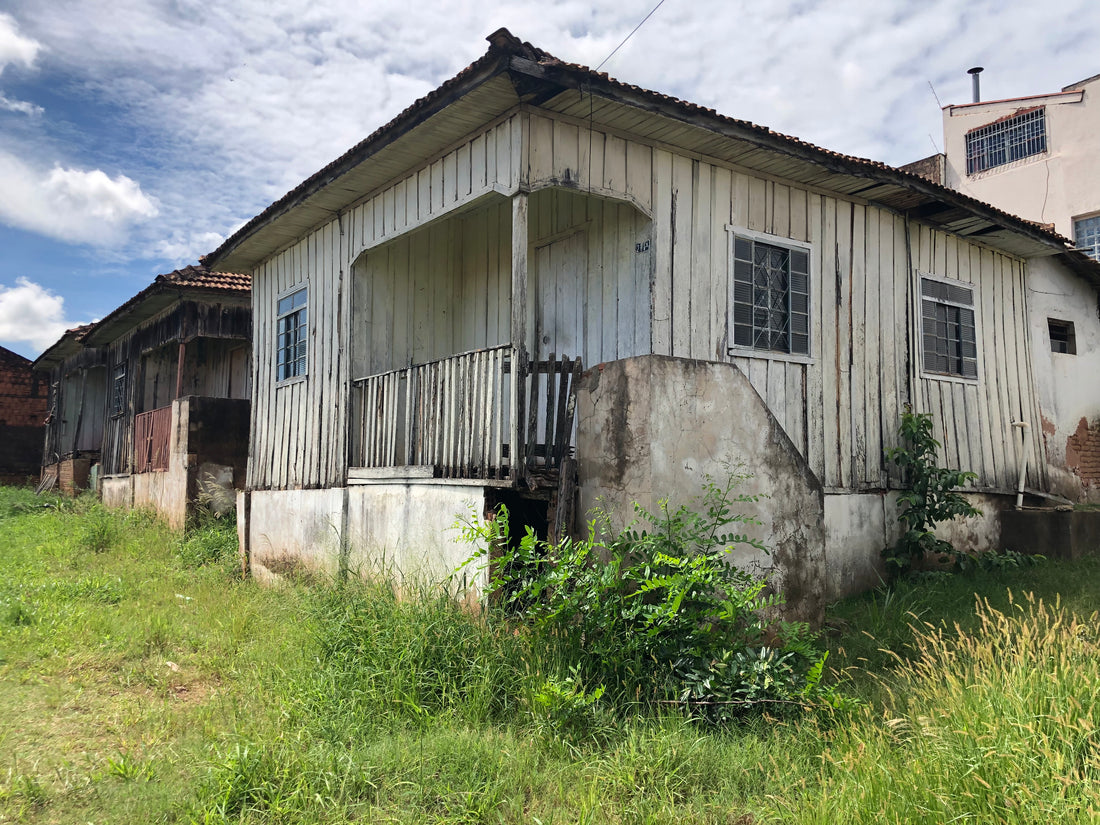
Reclaimed Wood: What is it? How to use it? What are its advantages?
Share
Have you ever thought about creating a completely rustic decoration in your home? Do you know what reclaimed wood really is? We have prepared this post with some important information for those who want to decorate using this type of material.
People all over the world have embraced the positive and correct trend of abandoning the idea of deforestation in favor of the benefits of reclaimed wood. These people are already purchasing furniture and utensils made from wood that was removed from very old houses.
For someone who doesn't know much about the subject, this might seem like a bad idea and they might ask: Why use old wood if you can use new wood? We're going to answer this question!
Check out what reclaimed wood is, discover the main advantages of using it in your decor, understand how to use reclaimed wood in various situations and learn how to care for it to keep the material resistant.

What is Reclaimed Wood?
Reclaimed wood is wood that comes from the mining of hardwoods taken from old buildings such as houses, sheds or warehouses. It is a material with high added value that is used in the manufacture of furniture, windows, doors, panels and coverings .
We at Toth carry out demolition work on old buildings and extract all the wood from the demolition, mainly the boards on the walls , floor beams and floors, and the beams and rafters on the roof .
How is wood used?
Boards : manufacturing of table tops, counter tops, sideboards and benches, TV panels, glass cabinets and shelves.
Beams : manufacture of table legs, table top edges, panel edges, bench and armchair legs, sideboard legs.
Rafters : manufacturing of legs for sets of benches and armchairs, tables and sideboards.
Floor : Seats for sets of benches and armchairs, panels and the bottom of counters and glass cabinets.

The most common types of reclaimed wood are:
- Pink peroba
- Ipe
- Oak
- Rosewood
- Riga pine
- Cherry
- Brauna
What are the Benefits of Reclaimed Wood?
1. Sustainability
One of the biggest advantages of reclaimed wood is the fact that it is a sustainable material in many aspects, from its origin to its production.
Many people know that to manufacture wooden furniture, thousands of hectares of trees are deforested, and when you choose to use reclaimed wood, this impact no longer exists, since this type of wood does not cause damage to the ecosystem because it is reused from old, existing buildings.
2. Strength and Durability
Furthermore, reclaimed wood is noble and offers great resistance, durability and high quality, which guarantees a piece that will last a lifetime and avoids constant changes of furniture, in addition to, of course, giving a sophisticated touch to your design.
Many people believe that because the material is subject to wear and tear, it is not resistant, which is a big mistake, because in reality, these pieces are much stronger and more durable than other types of wood.
Reclaimed wood is more resistant for two main reasons: as it was originally used for other purposes, it is much thicker than other types of wood, and also, because it is old, it has a moisture content very close to zero, as it has spent many years drying naturally, which makes it much more resistant.
4. Exclusivity
Each piece removed from demolition sites has unique characteristics, because the material has been subjected to the effects of time. And this natural wear and tear that only this type of wood has makes its pieces extremely interesting. Since each type of wood is different, unique and exclusive textures are created that only this type of raw material offers.
In addition to all these particular aspects, such as the aged appearance, the pieces have a versatility that no other material has, and can receive different treatments and finishes.
5. Beauty and Sophistication
Reclaimed wood is a material that adds value to any type of project. In addition to its sustainability, durability and exclusivity, one of its most interesting advantages is its beauty and sophistication.
Each piece has unique nail grooves and veins that add even more value to the material. In this context, it is used to create a cozy environment, especially in high-end projects.

